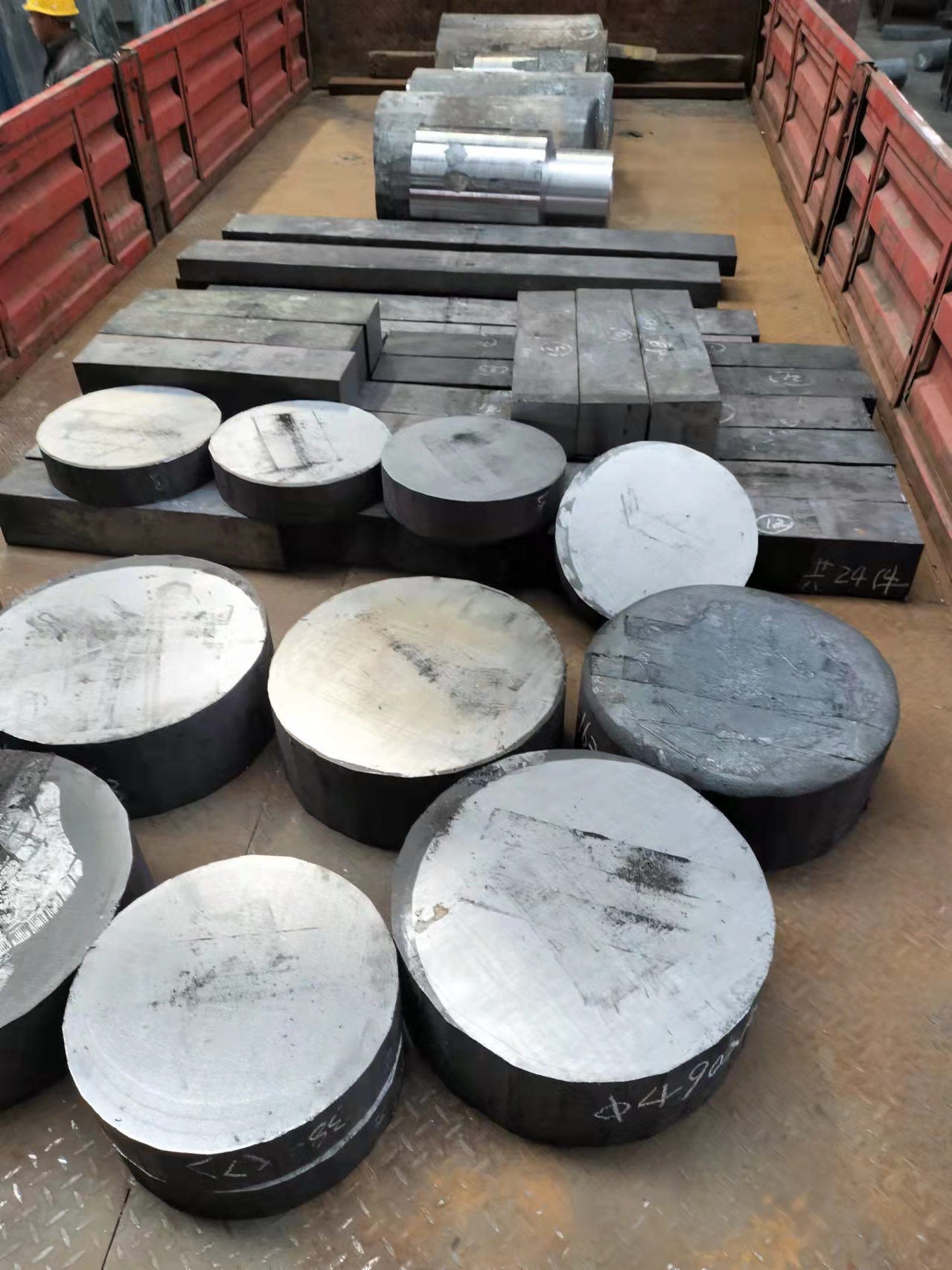Ductile fracture of forging materials
2022-06-16
Ductile fracture of metal generally refers to the occurrence of micro-defects, such as micro-cracks and micro-voids, etc. in metal materials after severe plastic deformation under external load. Then these micro-voids will nucleate, grow up, converge and lead to gradual deterioration of materials. When a certain degree of strain is reached, macroscopic fracture of materials will eventually occur. Its main characteristics are obvious macroscopic plastic deformation, such as excessive vessel swelling, excessive elongation or bending of forgings, etc., and the fracture size is also greatly changed from the original size. Most crystal metal tensile experiment of ductile fracture has three distinct phases, the first artifacts appear obvious "necking down" phenomenon, and then in the "necking" area scattered small hole, due to the increase of strain microvoid and gradually began to grow up polymerization for the development of crack, crack along the shear plane is extended to the surface of workpiece, eventually led to the workpiece fracture.
At present, although ductile fracture forms are common in plastic processing, the relevant theories need to be improved. In the plastic deformation process of metal materials, different forms of ductile fracture may occur due to different processing methods and technological parameters. Generally, the common ductile fracture has the following characteristics: the whole fracture process is a kind of energy absorption process due to the large plastic deformation before the workpiece cracking, which requires high energy consumption; In the process of growth and polymerization of micro-voids and micro-cracks, new voids are generated and grown, so the ductile fracture is generally characterized by multiple fractures. With the increase of strain, voids and cracks form and converge, but when the deformation does not increase, crack propagation stops immediately.




